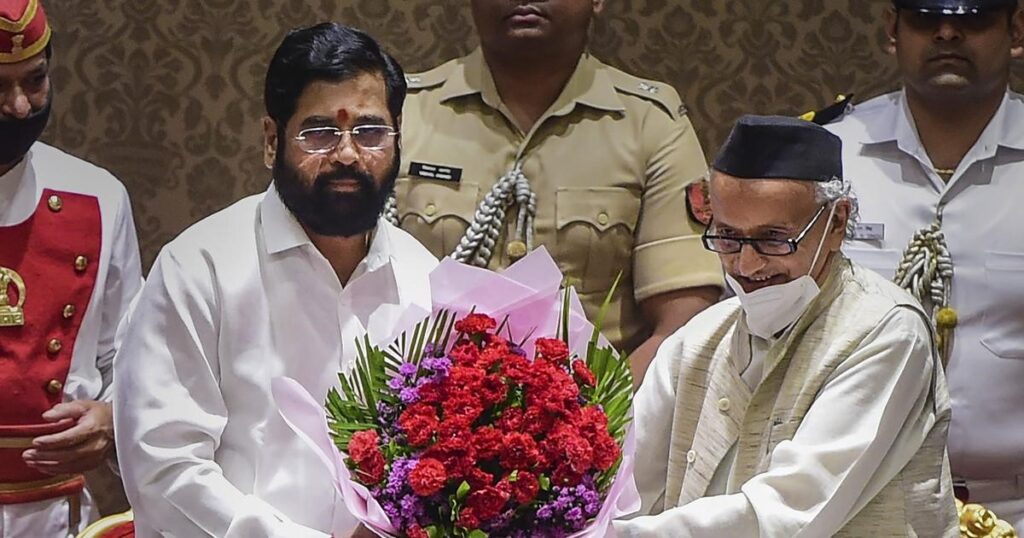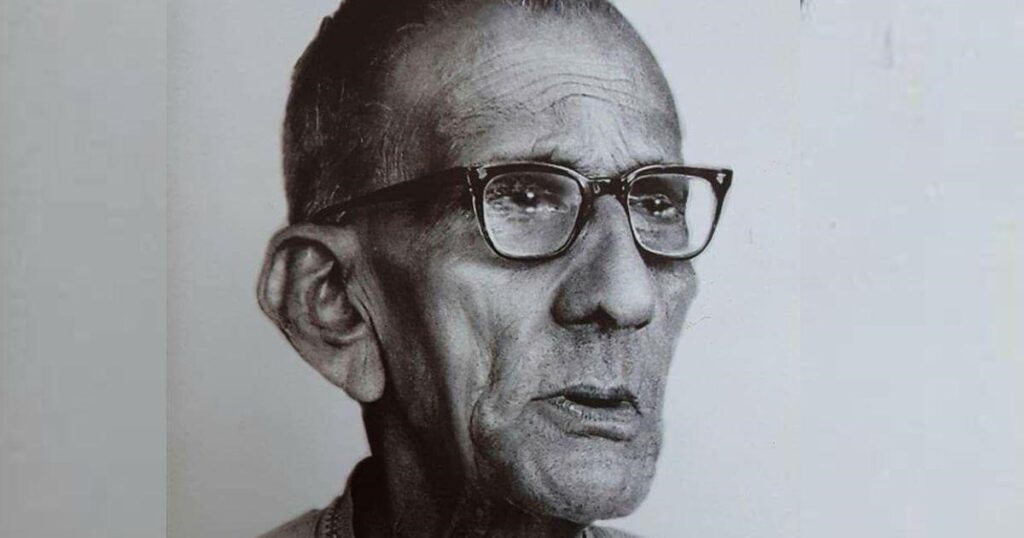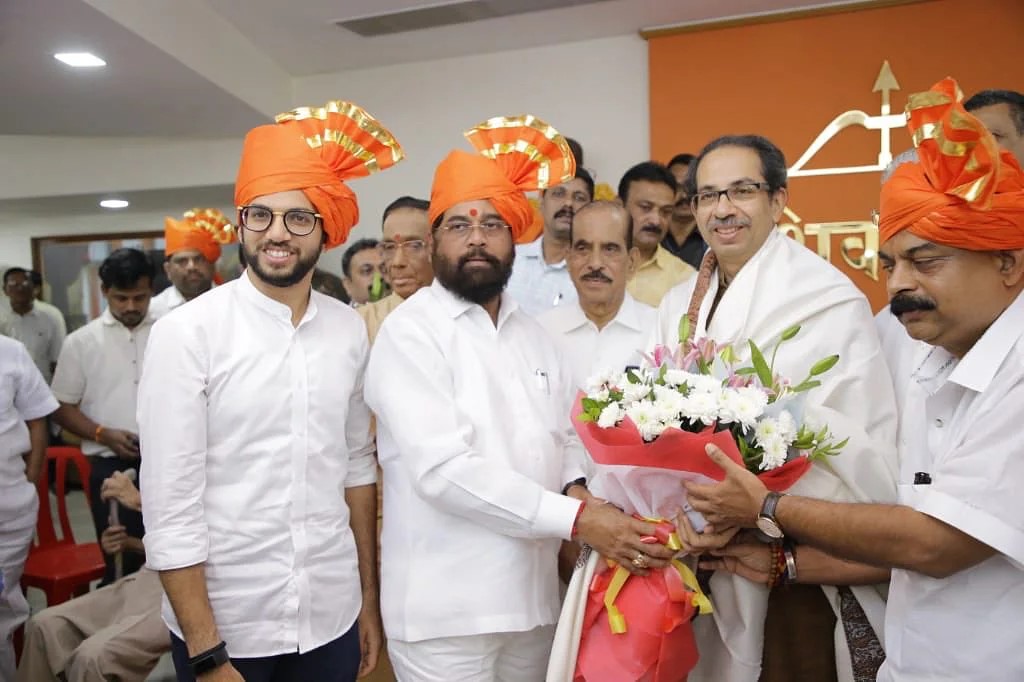On 11th June 2022, started a series of setbacks for the Maha Vikas Aghadi government which led to a shift of paradigms in the politics of Maharashtra culminating in the formation of a new alliance with a fresh Chief Minister. Results of the Rajya Sabha elections for Maharashtra were announced on 11th Jun with the BJP bagging 3 out of the 6 six seats with allegations of cross-voting, delaying of counting of votes, and declaring a Shiv Sena vote invalid by the Election Commission. On 20th June; within 10 days came another blow for the MVA, BJP won 5 out of the 10 seats in the Maharashtra Legislative Council with the MVA alleging cross-voting and horse-trading as a cause of this political upset. These upsets were just the beginning of a saga to be remembered in the history of Indian politics which will continue to impact Maharashtra and its people.
After the announcement of the MLC results- Senior Shiv Sena leader and Minister of Home Affairs, Eknath Sambhaji Shinde was declared to have turned rogue, incommunicado and taken away various Shiv Sena MLAs along with him to Surat where they were camping in a resort. Senior Shiv Sena leader, Sanjay Raut was confident that they were in contact with the rebel MLAs and they would return without any conditions, but this was found to be untrue. The rebel MLAs then led by the face and leader of the rebellion went to Assam where they camped in a resort during the Assam floods which were criticised heavily by the Uddhav Thackeray-led faction of the Shiv Sena, as the hotel bill of their stay for 8 days amounted to 7 million rupees at the time of a natural calamity.
The total number of MLAs in the Eknath Shinde group was found to be 41 which was more than 2/3rds of the number of MLAs of the Shiv Sena present in the Vidhan Sabha, making them immune to the Anti-Defection law (52nd constitutional amendment act) as an exception to it.

The Governor of Maharashtra, Bhagat Singh Koshiyari ordered a floor test to be conducted in the legislative assembly where the Shinde-led faction confirmed its presence; however, in the wake of this announcement, Uddhav Thackeray announced his resignation from the post of Chief Minister and he left his official residence moving to his personal one Matoshree. Eknath Shinde then came forward with BJP as its ally and put forward its stake to form a government and claimed itself to be the real Shiv Sena against the Uddhav group which had drifted away from the ideologies of the founder of the party, Late Shri Balasaheb Thackeray. Eknath Shinde became the chief minister of the new government with Devendra Fadnavis, the former CM becoming the deputy Chief minister.
In 2019 the exceptional alliance which had formed between the right-wing Hindutva-based Shiv Sena and INC and the NCP was ousted by a masterstroke from the BJP as it had done earlier in Madhya Pradesh and various other states. A fact worth focusing our attention on should be the causes which led to the rebellion by Eknath Shinde and the 41 MLAs. The central root of this debacle were found to be inaccessibility to Uddhav Thackeray as alleged by the rebels and Uddhav drifting away from the Hindutva ideology of his father Shri Balasaheb Thackeray.
Eknath Shinde claimed his group to be the real Shiv Sena and its members the authentic Shiv Sainiks who promoted the real Hindutva of Shri Balasaheb Thackeray; whereas Uddhav Thackeray was alleged to have softened his stance about Hindutva evident in their alliance with INC and NCP. As a result of this, the Shinde faction has been seeking its claim as the real Shiv Sena and to the logo of the Shiv Sena which is still a matter of contention with the Election Commission.
To understand this difference in ideologies- in relation to Hindutva we need to appreciate the origins of the ideology and the conception which Shinde and Uddhav seek to promote. Uddhav Thackeray’s Hindutva matches with his grandfather, Keshav Sitaram Thackeray which is based on social equality, justice, peace and harmony. Keshav Sitaram Thackeray was largely influenced by Mahatma Jyotiba Phule and opposed casteism, child-marriage and dowry; he wanted Hindu unity, and revival of Hindus, but without any hatred or violence. This was visible in Uddhav’s ideological stance and a notion worth noticing during his stint as Chief Minister was that, there were no communal riots in his 2.5-year tenure. He was widely appreciated and became popular among the people for his handling of the covid crisis in the state.

Eknath Shinde claimed that he would bring back Shiv Sena on the track of Hindutva laid down by Shri Balasaheb Thackeray which was similar to that of Vinayak Damodar Savarkar’s Hindutva, and different from that of Keshav’s- highlighting the Manusmriti as a fundamental book of law, the Marathi identity as of apex importance and its epitome agenda being the Hindu identity. The rebellion will be remembered as an epoch for years to come in Indian politics with a new Chief Minister coming from the ruling party, while the previous chief minister going to the opposition in the assembly at a time when his party is still in power showing the power of democracy and federalism. On the occasion of Janmashtami, while introspecting about the incident speaking at a Dahi Handi function, Eknath Shinde made a remark- “We broke a very tough Dahi Handi one and a half months back. It was very difficult, high, and we had to put up 50 strong layers but we succeeded.”
Written by Arhaan Siddiqui
Edited by Kushi Mayur




